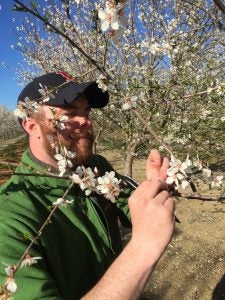Researchers in the lab are interested in how microbial communities influence multispecies interactions, often between plants and insects. Below are some of our current directions. For specific research interests of graduate students and postdocs, see Lab Members page.
Our work is and has been funded by:
National Science Foundation
United States Department of Agriculture (Hatch and Multistate funds)
The Almond Board of California
The California Tomato Research Institute
California Pear Board
University of California Davis internal grant support
Davis Botanical Society
Ecology of plant-microbe-floral visitors interactions
Overview: Yeasts and bacteria are common inhabitants of flowers, and can attain high densities in floral nectar. I am interested how (and when) these microbes influence plants and pollinators, the mechanisms involved, and evolutionary ecology of these interactions. In the plant species Mimulus aurantiacus, we have found that bacteria and yeasts can influence pollinator visitation, via changes in nectar chemistry, including secondary metabolites in nectar.
We use intensive surveys at Stebbins Cold Canyon Reserve and plots maintained by N. Williams at Laidlaw Bee Biology Research Facility to investigate plant-microbe-floral visitor interactions and how nectar mediates such interactions. Data on microbial presence among species and microbial VOCs have been published in Rering et al 2018 (New Phytologist). Collaboration with instructors of the freshman seminar Nectar CURE is facilitating the identification and phenotypic profiling of strains isolated from these field sites. Collaboration with Caitlin Rering and John Beck is further investigates the role of microbial metabolites within floral systems.
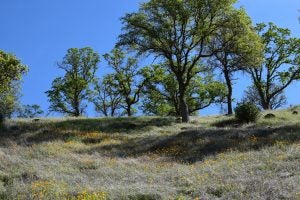
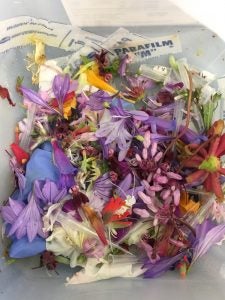
We are also examining microbial dispersal and effects on plant-pollinator interactions in the plant species Epilobium canum. This hummingbird-pollinated plant species is also robbed by carpenter bees and visited by other insects including honey bees. Students in the Animal Biology ABI 50A class survey plants in the Arboretum as part of this course, and also develop independent research projects to investigate links between floral traits and visitation by pollinators and other species. (More information here)
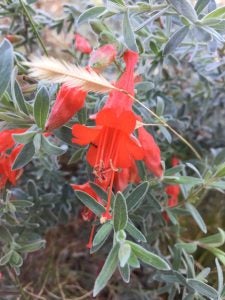
This work is supported by funding from the National Science Foundation.
Bee-microbe interactions
Microbial communities are common in the gut and in food resources for many bee species. Most bee species are solitary (not social) and provision their offspring with enough nectar and pollen for larval development. Recent work has shown that these provisions contain bacterial and yeast communities that seem to be obtained from flowers, and may be important for pollen preservation or bee nutrition. However, these bee species and their microbiomes are poorly understood and have received only little study. In collaboration with Bryan Danforth, Quinn McFrederick, and Shawn Steffan among other collaborators, and support from the National Science Foundation, we are aiming to investigate the microbial communities associated with many solitary bee species and probe the functions and effects on bees. We have worked on multiple bee genera including Osmia, Megachile, Anthophora and Diadasia.
Want to learn more about Mason bees and other native bees and their use in agriculture? Check out the SARE (Sustainable Agriculture Research and Education) guide to alternative pollinator management to learn more.
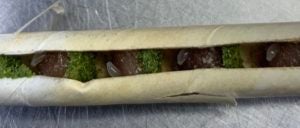
We are also interested in bee-microbe interactions more broadly, including in Bombus vosnesenskii, in a project led by Danielle Rutkowski; in Xylocopa sonorina, in a project led by Madeline Handy. We also collaborate with Neal Williams to investigate microbiomes of Osmia lignaria and O. ribifloris in California.
Previous work:
Applications of microbial community ecology in agricultural systems
Microbial pathogens can be devastating to crops. In tomato systems, we have examined how soil microbes affect plant defense (described here). We are investigating if floral nectar microbes may be employed as biocontrol to help prevent infection by floral pathogens. One focal system is Erwinia amylovora, the cause of fire blight. We have worked in Erwinia with Robert Schaeffer in collaboration with Steven Lindow and John Beck, with support by the Pear Pest Management Research Fund.
Amber Crowley-Gall, a former postdoc, also led a project in collaboration with Elina Niño and Florent Trouillas examining microbial antagonists of Monilinia laxa, the causal agent of brown rot blossom blight in almond, and their effects on honey bee behavior and health. This project was funded by the Almond Board of California.
